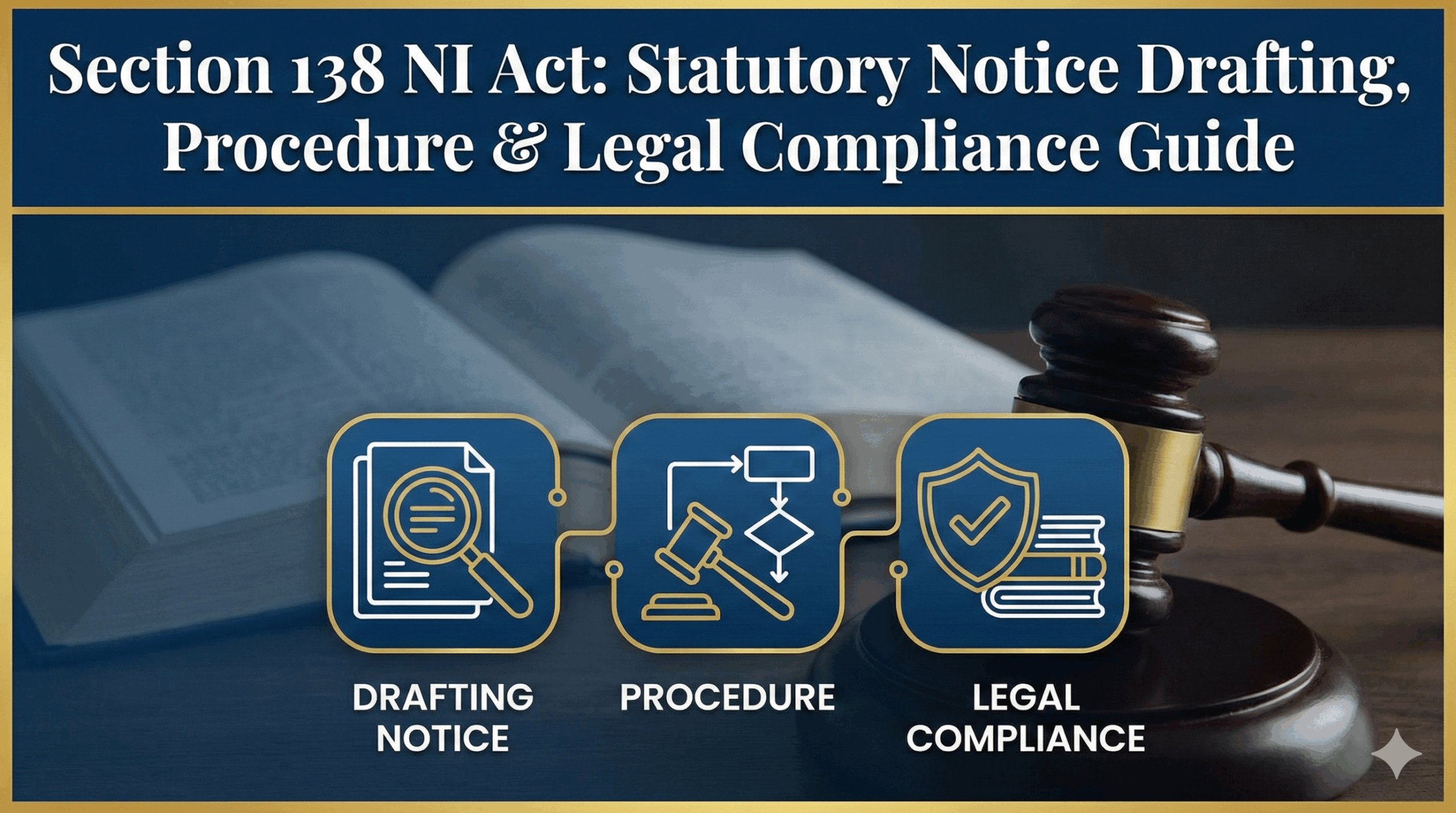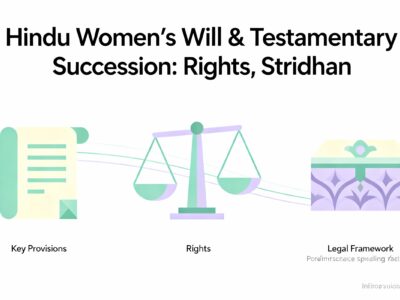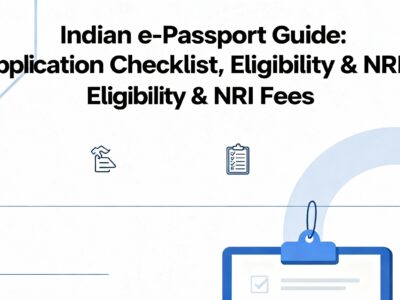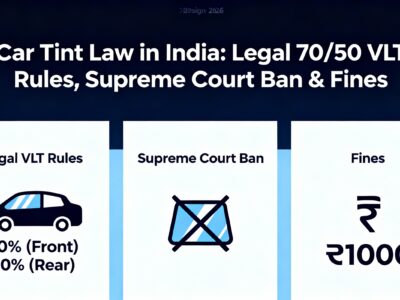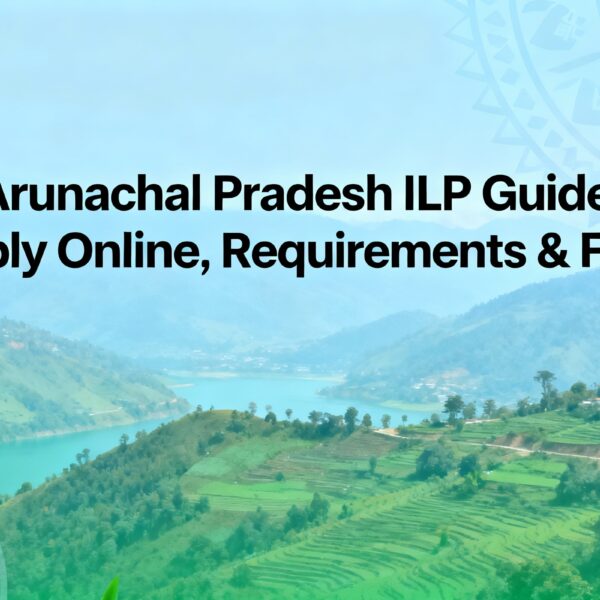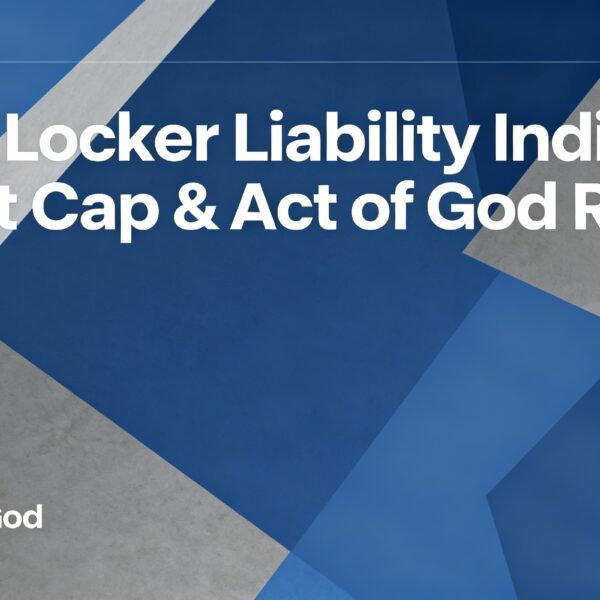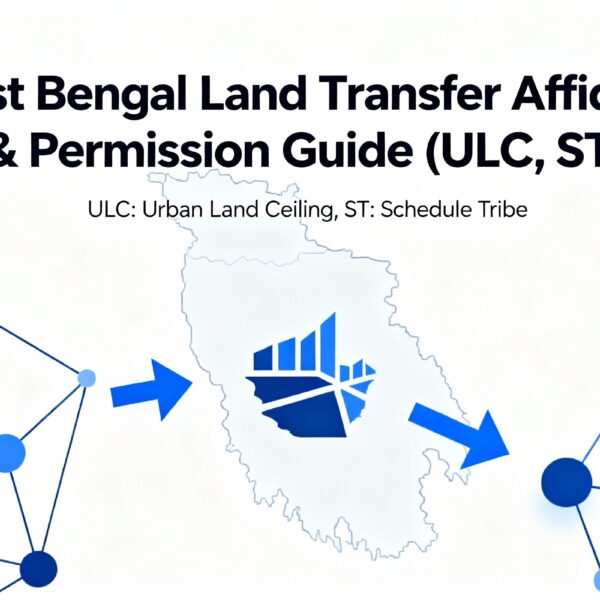As of July 2025, the finalization of India’s DPDP Rules 2025 marks a pivotal moment for all businesses. This new data privacy regime, operationalizing the landmark DPDP Act, introduces stringent requirements for consent management and enforcement by the Data Protection Board of India. For MSMEs and exporters, understanding these new regulations is not just a matter of compliance—it’s a critical business imperative. This comprehensive guide provides an interactive roadmap, a practical compliance checklist, and a deep dive into the new rules to help your business navigate this new landscape confidently and avoid significant penalties.
India's New Data Privacy Era has Begun.
A practical guide to the DPDP Act 2025 for MSMEs & Exporters. Navigate consent, enforcement, and the path to full compliance with our interactive roadmap.
Previously
Light-touch IT Act 2000
The New Era
DPDP Act 2025
Penalties up to
₹250 Crore
Decoding the New Data Privacy Landscape
Purpose Limitation
Collect data for a specific, explicit purpose. No repurposing without fresh consent.
Data Minimization
Collect only what's absolutely necessary. No more "just in case" data hoarding.
Accountability
The Data Fiduciary (you) is ultimately responsible, even for third-party vendor breaches.
Understanding Your Role: Key DPDP Terminology
Data Principal
The individual whose data is being collected (e.g., your customer, employee, or user).
Data Fiduciary
The entity that decides the 'why' and 'how' of data processing. This is you, the business.
Data Processor
Any entity processing data on your behalf (e.g., cloud provider, SaaS tool, marketing agency).
A Higher Standard: Significant Data Fiduciaries (SDFs)
Businesses handling large volumes of sensitive data may be classified as SDFs, facing stricter rules.
Appoint a DPO
Must appoint a Data Protection Officer based in India.
Independent Audits
Must conduct regular independent data audits.
Impact Assessments
Must perform periodic Data Protection Impact Assessments (DPIAs).
Enforcement, Timelines & The Cost of Non-Compliance
The Road to Enforcement: A Phased Rollout
1. DPB Establishment
Provisions for setting up the Data Protection Board take effect immediately after rules are notified, establishing the new regulatory body.
2. Transition Period Begins
A crucial window (up to 24 months) for businesses to implement operational changes like consent redesign and new security measures.
3. Full Enforcement
All provisions of the DPDP Act and Rules become fully enforceable. The Data Protection Board begins active monitoring and adjudication.
The High Cost of Failure
Maximum penalties under the DPDP Act. Hover for details.
Don't Forget User Duties: Individuals can be fined up to ₹10,000 for filing false or frivolous complaints.
Mastering Consent: The Cornerstone of Compliance
The End of "Bundled Consent"
❌ The Old Way (Non-Compliant)
✅ The New Way (DPDP Compliant)
A key principle: Withdrawing consent must be as easy as giving it.
Your Compliant Privacy Notice Checklist
Itemized list of personal data collected.
Specific purpose for each item.
How users can exercise their rights (access, erase).
Clear process for withdrawing consent.
Grievance redressal mechanism (contact info).
Available in English & 22 scheduled languages.
The Rise of Consent Managers
The DPDP Act introduces Consent Managers: regulated entities that act as a trusted intermediary for users to manage their consent across multiple platforms.
The "Make vs. Buy" Decision for MSMEs
Building a fully compliant consent system in-house is complex and expensive. Partnering with a registered Consent Manager or using a Consent Management Platform (CMP) is a strategic choice.
- Benefit: Reduces compliance burden and technical complexity.
- Benefit: Provides audit-ready, verifiable consent logs.
- Benefit: Enhances customer trust and brand reputation.
Key Obligations of a Consent Manager
- Registration: Must be registered with the DPB.
- Data-Blind: Architecture must not access the underlying personal data.
- Record-Keeping: Must maintain detailed, auditable logs.
- Interoperable: Must use common technical standards for seamless use.
For an MSME, using a registered Consent Manager is a prudent investment in risk mitigation.
The Interactive Compliance Checklist
Filter the roadmap based on your immediate needs. A phased approach is key to manageable compliance.
Special Focus: Indian Exporters
Cross-Border Data Transfers: The "Blacklist" Approach
India
Transfers Permitted by Default
Any Country
(Unless on Govt. Blacklist)
DPDP vs. GDPR: Key Differences for Exporters
| Feature | DPDP Act (India) | GDPR (EU) |
|---|---|---|
| Legal Basis | Consent is primary. No "legitimate interest" as a basis for processing. | Multiple bases, including "legitimate interest". |
| Data Transfers | Permissive "blacklist" model. Transfers allowed unless a country is blocked. | Restrictive "whitelist" model. Requires adequacy, SCCs, or BCRs. |
| Breach Notification | "Immediately" to the Data Protection Board. | Within 72 hours to the Supervisory Authority. |
| Data Principal Rights | Includes right to grievance redressal. | Broader rights, including data portability and restriction of processing. |
Feeling Overwhelmed?
DPDP compliance is complex, but you don't have to do it alone. The experts at Evaakil.com can help you build a robust, compliant data protection framework.
Schedule a Free Consultation

